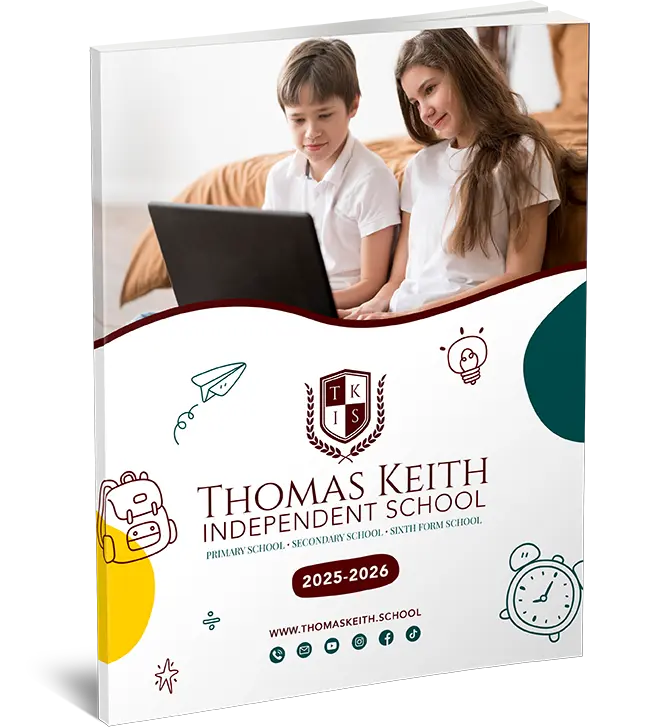Performance Poetry KS2: A Guide For Teachers And Students
Performance poetry is an engaging way to bring poetry to life for KS2 pupils. It combines expression, creativity, and confidence-building through spoken word and actions. In this article, we explore performance poetry, its benefits, and how to teach it effectively and include an example of Thomas Keith Online Independent School’s approach.
What is Performance Poetry?
Performance poetry involves reading or reciting poetry aloud with emphasis on tone, rhythm, gestures, and expression. It transforms written poems into dynamic performances that captivate audiences.
Why Teach Performance Poetry in KS2?
- Builds Confidence: Encourages pupils to speak clearly and perform in front of others.
- Enhances Literacy Skills: Improves reading fluency, vocabulary, and understanding of poetic devices.
- Encourages Creativity: Inspires pupils to add their touches to the poems through voice modulation and body language.
- Teamwork: Group performances promote collaboration and communication.
How to Introduce Performance Poetry
- Start with Simple Poems: Choose poems that are short, rhythmic, and easy to memorise.
- Focus on Expression: Teach students how to vary tone, pitch, and volume to convey emotions.
- Incorporate Actions: Add hand gestures, facial expressions, or movements to make the poem more engaging.
- Practice Regularly: Rehearse in small groups or pairs before performing for the class.
- Use Examples: Share videos or live demonstrations of performance poetry.
Examples of Performance Poems for KS2
- Classic Poems: Poems like “The Owl and the Pussycat” by Edward Lear are ideal for beginners due to their rhythm and rhyme.
- Modern Poems: Use works by poets such as Michael Rosen, whose playful and relatable poems resonate with children.
- Pupil-Created Poems: Encourage students to write their poems to perform, fostering creativity.
Thomas Keith Online Independent School: Performance Poetry Online
Thomas Keith Online Independent School incorporates performance poetry into its English curriculum through interactive online classes. Pupils record performances, receive constructive feedback, and collaborate virtually with peers. This modern approach ensures inclusivity and promotes engagement, even in an online setting.
Tips for Successful Performance Poetry
- Encourage Enthusiasm: Motivate students to experiment with different expressions and styles.
- Provide Feedback: Highlight strengths and suggest areas for improvement.
- Celebrate Efforts: Acknowledge creativity and effort through class discussions or rewards.
FAQs
Q1: What type of poems work best for KS2 performance poetry?
Simple, rhythmic poems with clear emotions and vivid imagery are ideal. Examples include nursery rhymes, humorous poems, or those with a strong narrative.
Q2: How can shy pupils participate in performance poetry?
Start with group performances where shy pupils can participate without the pressure of performing solo. Gradually, encourage them to take on larger roles.
Q3: How does performance poetry improve literacy?
It enhances vocabulary, comprehension of poetic devices, and fluency in reading aloud.
Q4: Can performance poetry be done online?
Yes, with tools like video recording and virtual classrooms, pupils can rehearse, perform, and receive feedback in an online setting, as seen at Thomas Keith Online Independent School.
Conclusion
Performance poetry is a vibrant and valuable activity for KS2 pupils, enriching their literacy and boosting their confidence. Whether taught in classrooms or through online platforms like Thomas Keith Online Independent School, it offers an engaging way to explore the world of poetry. Start small, build enthusiasm, and watch your pupils transform into confident performers.




